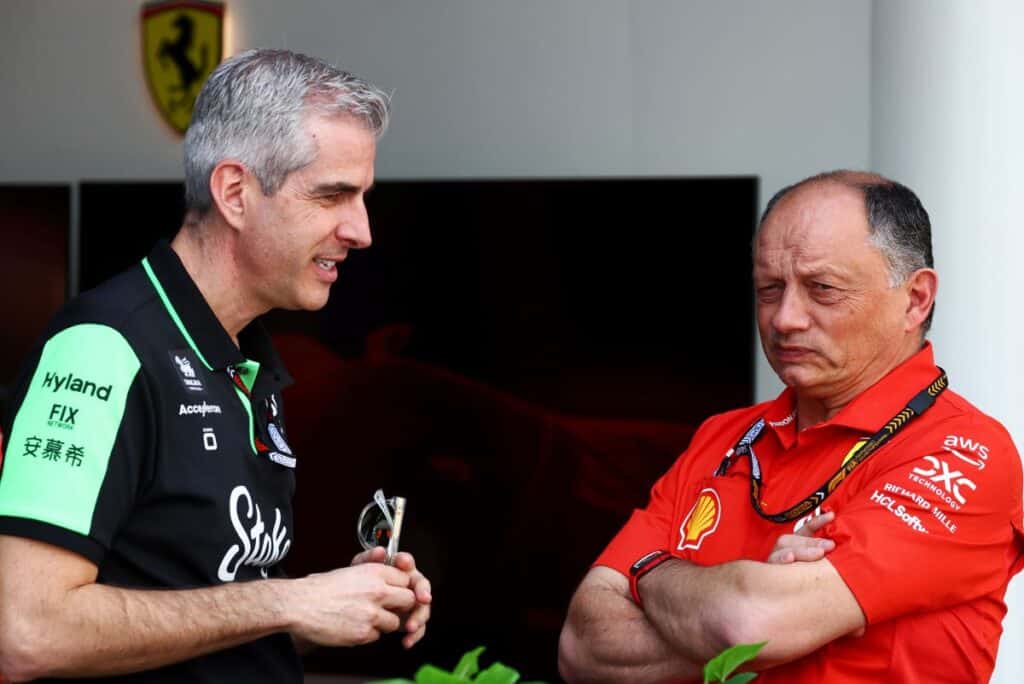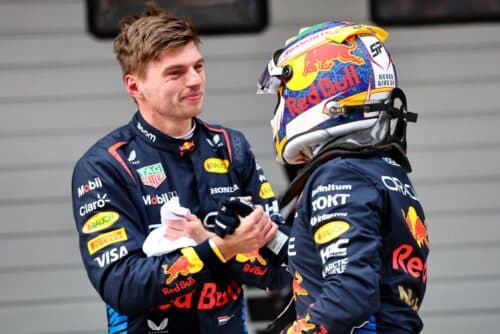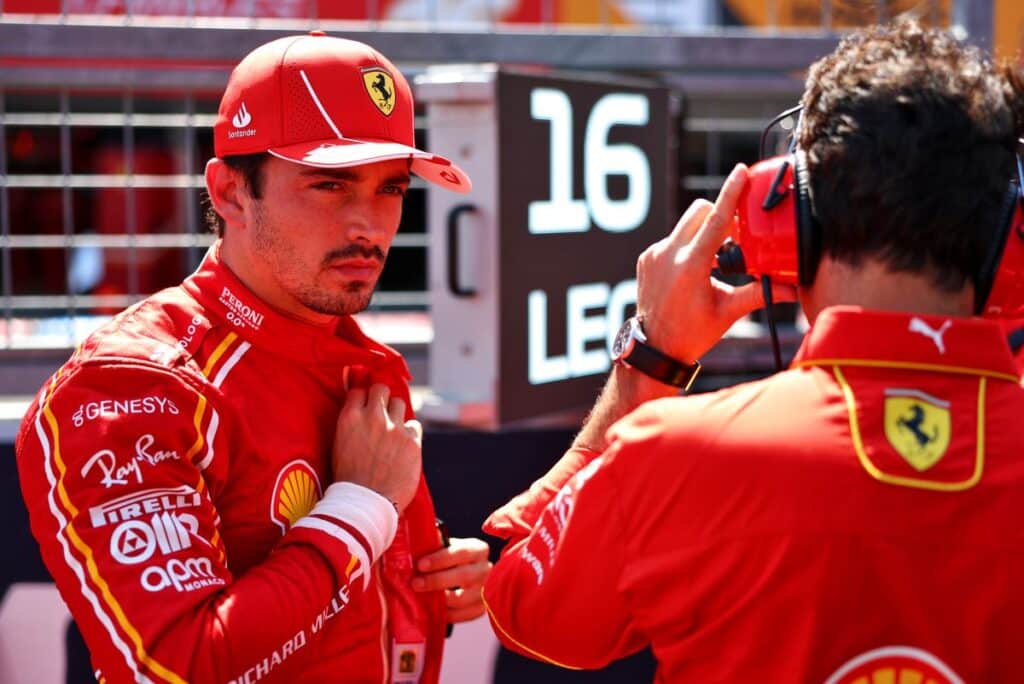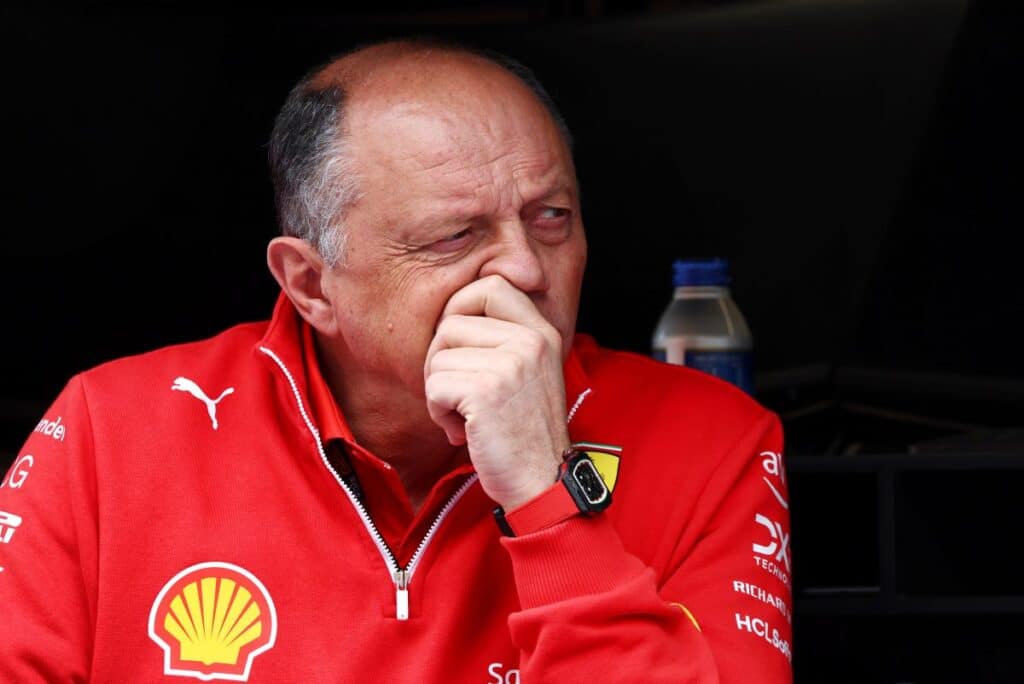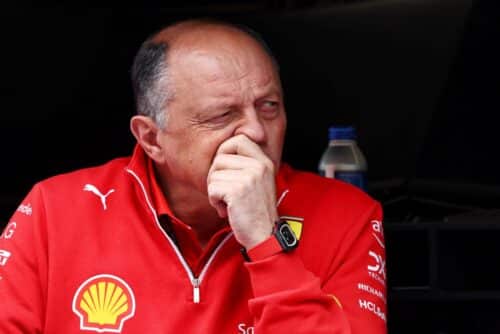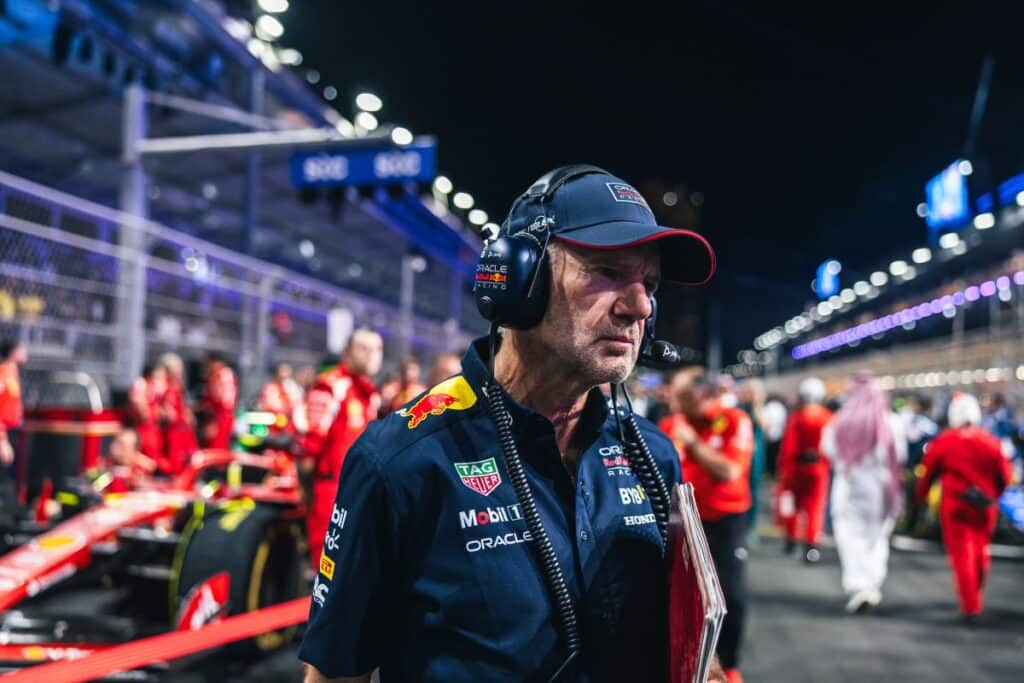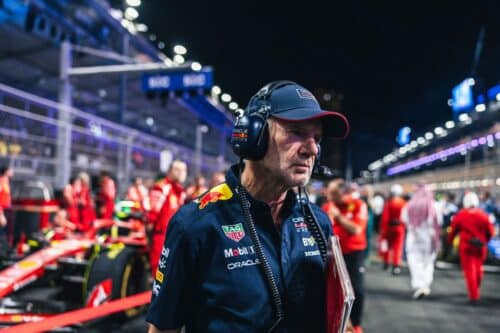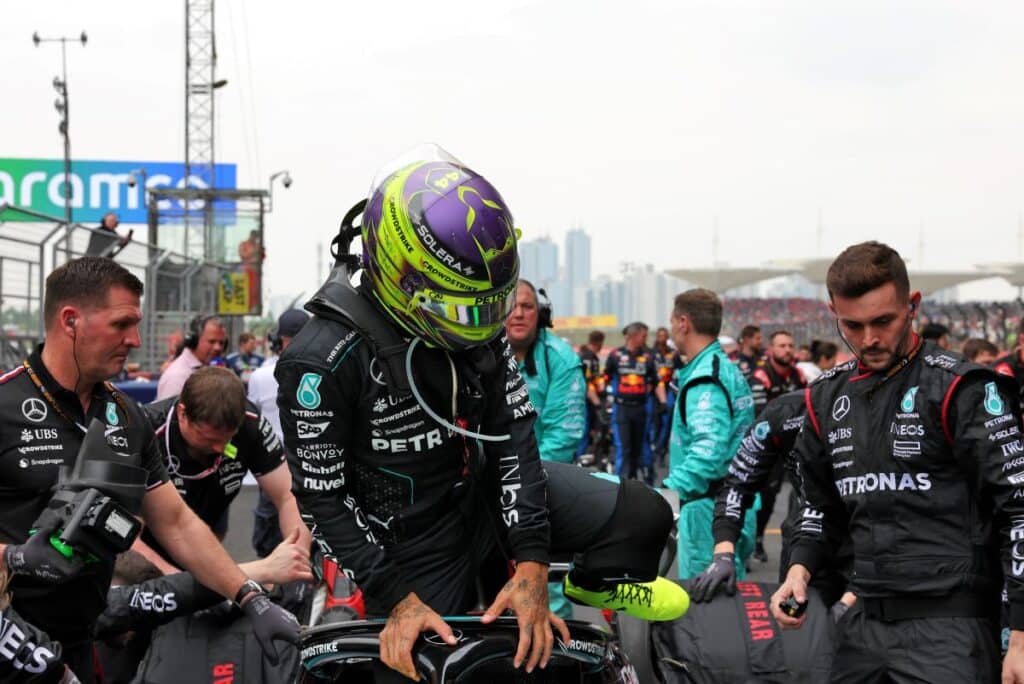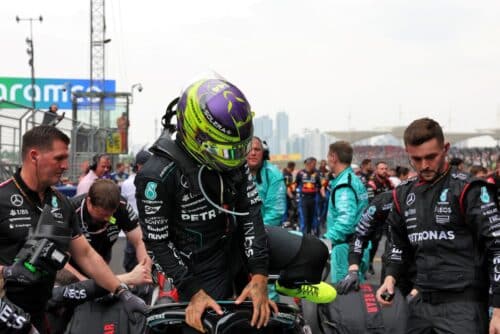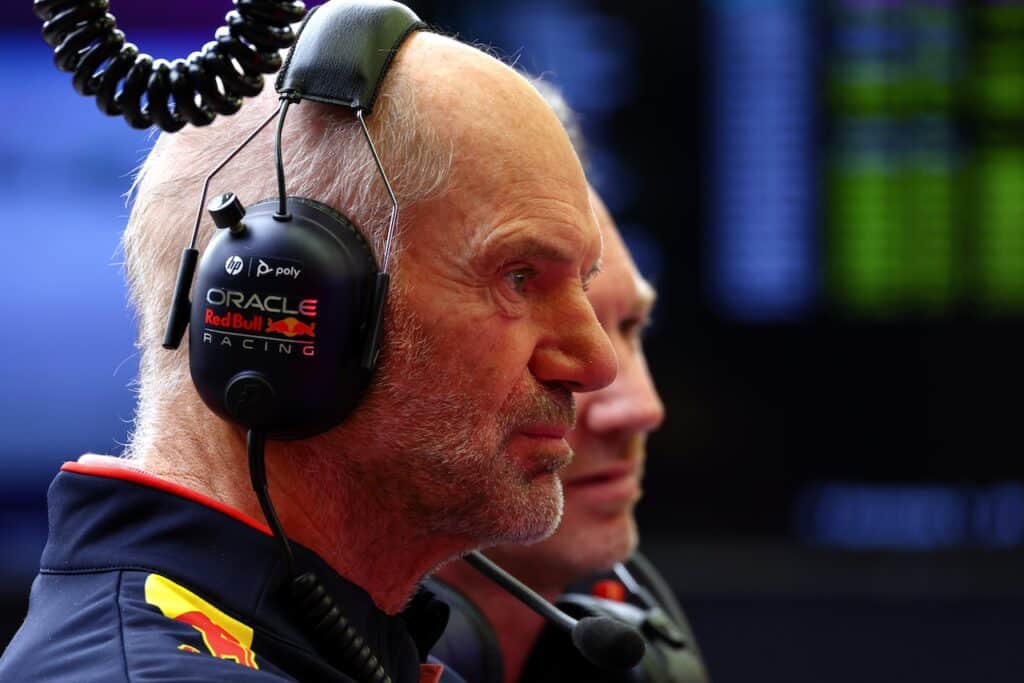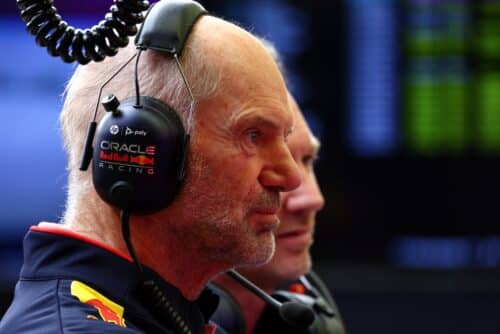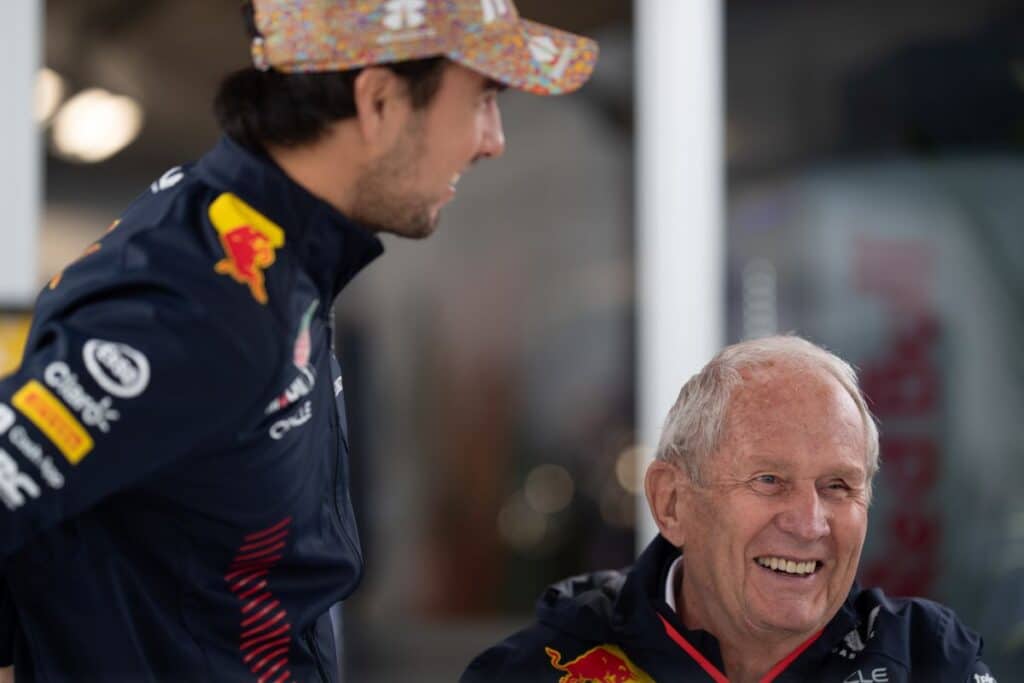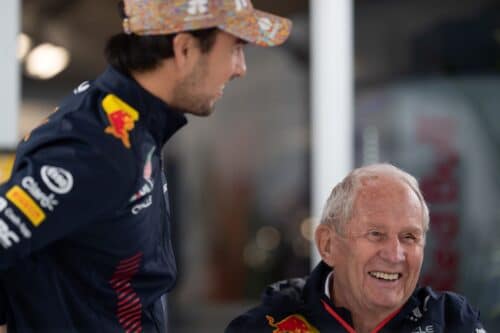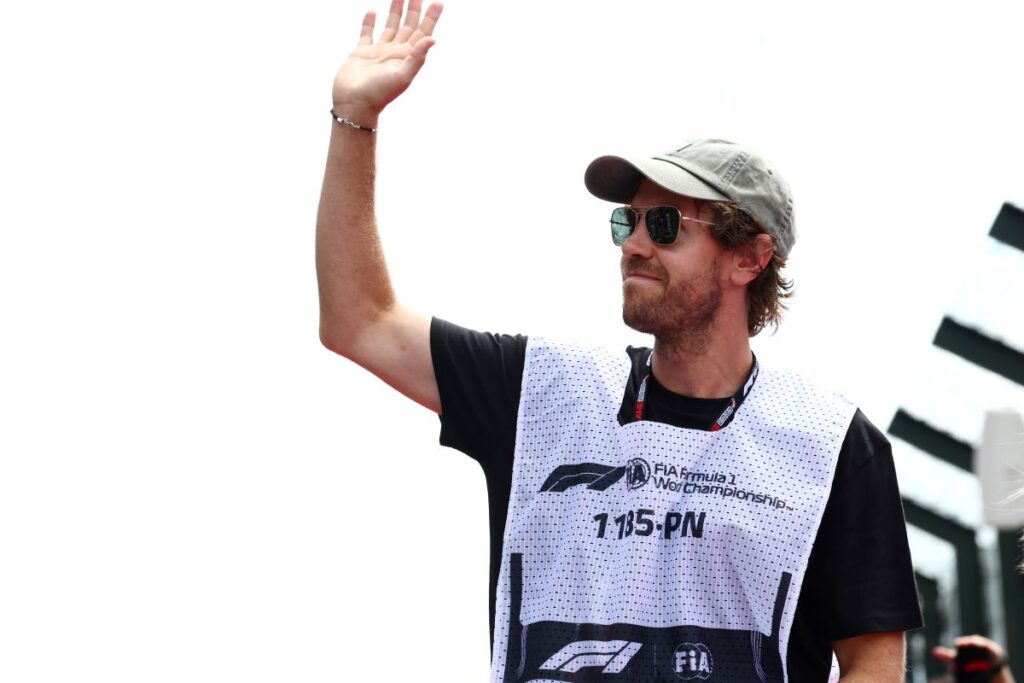F1 Regulations 2013: here's what's changed
Changes to the 2012 regulations, details on Pirelli tires and news in light of the pre-season tests.

Now date x is about to arrive. March 17th is upon us. The tests are over and the cars have barely shown their potential. But what awaits us now? What mysterious secrets do the 2013 cars hide under their skin? What new rules will put the commissioners in charge of making decisions during the weekend in crisis? So let's take a look at what awaits us at the start of this season.
Regarding the regulation there will be some changes:
The most important in terms of television impact is the DRS limitation. If in 2011 and 2012 the drivers were free to use the DRS in every part of the circuit in the free practice sessions and in qualifying, this year it will no longer be the case. For safety reasons, the mobile wing can now only be activated in some specific areas of the track, as normally happened in the race.
Another topic of "aesthetics" so to speak is the possibility of covering the step on the nose with a panel with a purely external purpose. We speak of a "single, non-structural piece, composed of a predefined sheet". Point 3.7.9 of the regulation states that it is possible to apply an optional fairing, made in a single piece of composite materials (especially carbon) and non-structural, with a maximum height of 625mm; it is very clear that this panel must absolutely have no aerodynamic influence on the car and that in any case it is not mandatory. A solution that some manufacturers have already adopted (see Ferrari) and which does not seem to create differences with other single-seaters in which the "nose" is visible.
We also have the introduction of legislation that prohibits the use of any type of super DRS. This solution was adopted by Mercedes in the first GPs of the 2012 season: the rear wing was sent to stall during the straights, in order to have a greater top speed. The regulation states: "it is not possible to modify the geometry of the ducts either directly or indirectly". However, a passive DRS system has been studied by Lotus, which would be able to circumvent the regulation by causing the rear wing to stall without breaking the regulation. This solution will surely be copied by other teams.
Also force majeure compensation has been removed from the regulation. Here the rules become clearer, in order to avoid controversies or soap operas like Abu Dhabi 2012. Every car that stops on the track during qualifying due to force majeure (breakdowns) must have at least one liter of fuel in the tank necessary for the FIA controls plus the quantity of fuel necessary to be able to return to the pits exactly from the point where it stopped. This time the rule seems quite clear, and at least it won't take 5 or 6 hours to take action.
Il curfew which regulates the possibility of working on the car has been modified. We have gone from six to eight hours on Thursday weekends, and the exceptions, four in 2012, have been reduced to 2. We will therefore have a championship with a smaller margin of error, both for the teams and for the drivers.
Throughout 2013 the cars that will take part in the qualifications there will be 22 and therefore the need arose to change the number of eliminated in each heat. Six will be eliminated in Q1, six in Q2 and the 10 remaining will compete for pole position in Q3.
To make the cars safer, a new test has been introduced. All survival cells of each car will be subjected to one static load test, that is, a crash test like that for cars commonly marketed with particular attention to the carbon cell which has the task of protecting the driver against any eventuality. In recent years it has been essential in many accidents, including that of Canada in 2007 where Robert Kubica emerged with only a few bruises from what remained of his car. An essential test to improve the safety of the pilots and at the same time ensure a show without frightening the public.
Still on the subject of testing, we have a increased controls on the front wing, to avoid the use of flexible materials for the aerodynamic appendages, and therefore to prevent some teams from having too many advantages in terms of downforce.
Il minimum weight was increased from 640 kg to 642 kg, due to the slight increase in weight of the Pirelli tyres. Consequently, the front/rear loads also change: the minimums are 292 kg at the front and 343 at the rear, calculating these masses without fuel in order to avoid controversies arising from borderline interpretations of the regulation. In numerical terms, it will not be possible to have a vertical flexibility greater than 10 mm with an applied force of 1000 N - equivalent to 101,97 kg - which in the 2012 season was double and this was to the advantage of some single-seaters including Red Bull and Ferrari .
Le registration fees This championship was set at $500.000 for each team, plus a tax of $5.000 for each point scored in the constructors' championship. The exception is Red Bull, as the reigning champion team: in addition to the registration fee, they will have to pay 6.000 dollars for each point scored in the constructors' championship.
Speaking of Pirelli tyres, given that in the last 2 years the races have been decided based on the tyres, this should be a good topic for discussion. In fact, Pirelli presented the tires at the Milan headquarters with great fanfare, with a presentation worthy of a single-seater. The news seems incredible: softer compounds, less rigid structures and reinforced crown. The most substantial difference lies in the change in the color of the writing on the Hard compound: from silver it becomes orange. But let's stick with the hardest compound: it will have more or less the same compound as last year's Medium. The results are half a second per lap less than in 2012 and better traction when exiting slow corners, and the Supersoft in butter version.
However, let's make things clear, in order to avoid unnecessary misunderstandings: Pirelli only supplies the type of tires requested. Paul Hembery himself stated: “The 2013 revolution follows the one already carried out by Pirelli last year compared to the 2011 range. The aim is to propose ever new challenges to the riders and eliminate the knowledge accumulated by the Teams during the previous season. The accumulation of information and experiences GP after GP meant, in fact, that after a spectacular start with a record of seven different winners in the first seven races, in the second half of the season the competition was less eventful and the pit stops were often reduced to one. A phenomenon that we observed both in 2011 and last year, which disappointed many fans and prompted some teams to ask us to develop new solutions capable of further livening up the races next season. The 2013 range shuffles the cards again with the aim of ensuring greater overtaking possibilities and 2-3 stops per race". The difference in performance per lap will be half a second between one compound and another, although it is presumable that this factor may vary depending on each GP.
We have barely had time to savor the sinuous shapes of the new cars before the first case of 2013 has already broken out. Le ravenous Renault engine maps. Renault engines, in fact, showed up in Barcelona with maps prohibited by last year's regulations. It seems that the designers of Renault engines have once again designed their cars to make the most of the flow of exhaust gases. Of course they thought that once the 2012 year was over, in which we recall strong restrictions were put in place for the mapping of Renault engines (which allowed for advantages in traction and to make the most of the exhaust gas flows), the regulation would be canceled out of the blue. And instead the federation responded in spades, prohibiting the use of such mappings. The case was suddenly opened and just as quickly closed. We hope that the FIA will act like this during the season too.
What can we say? We are certainly heading towards a season dedicated to this research: details, details that somehow bypass the regulation. And isn't that how you win in Formula 1 these days? So what to do? We're watching. We can only comment. And may the best win (designer-driver duo).
Andrea Villa, Matteo Bramati.
if you want to always be updated on our news
Follow us here
